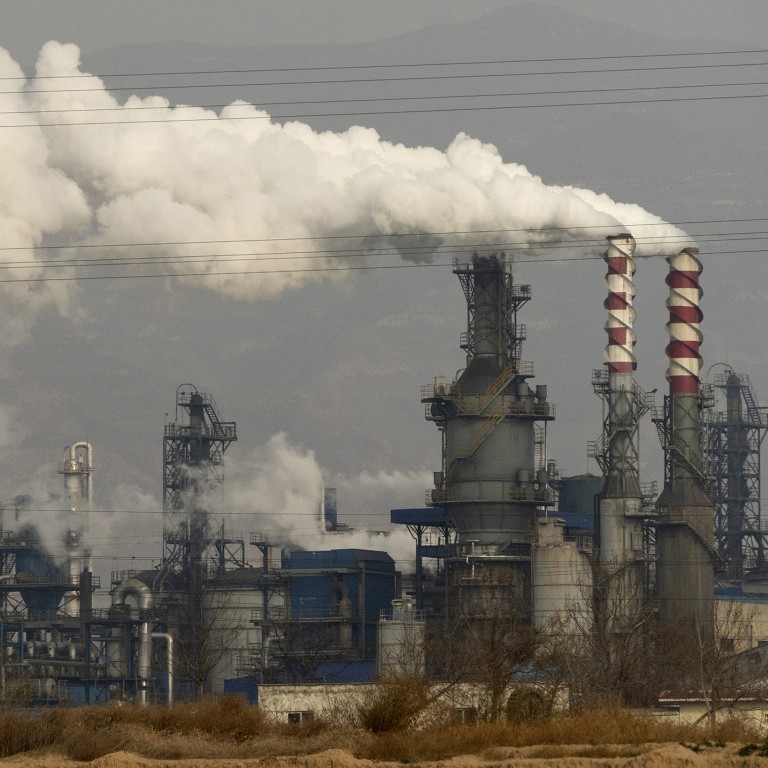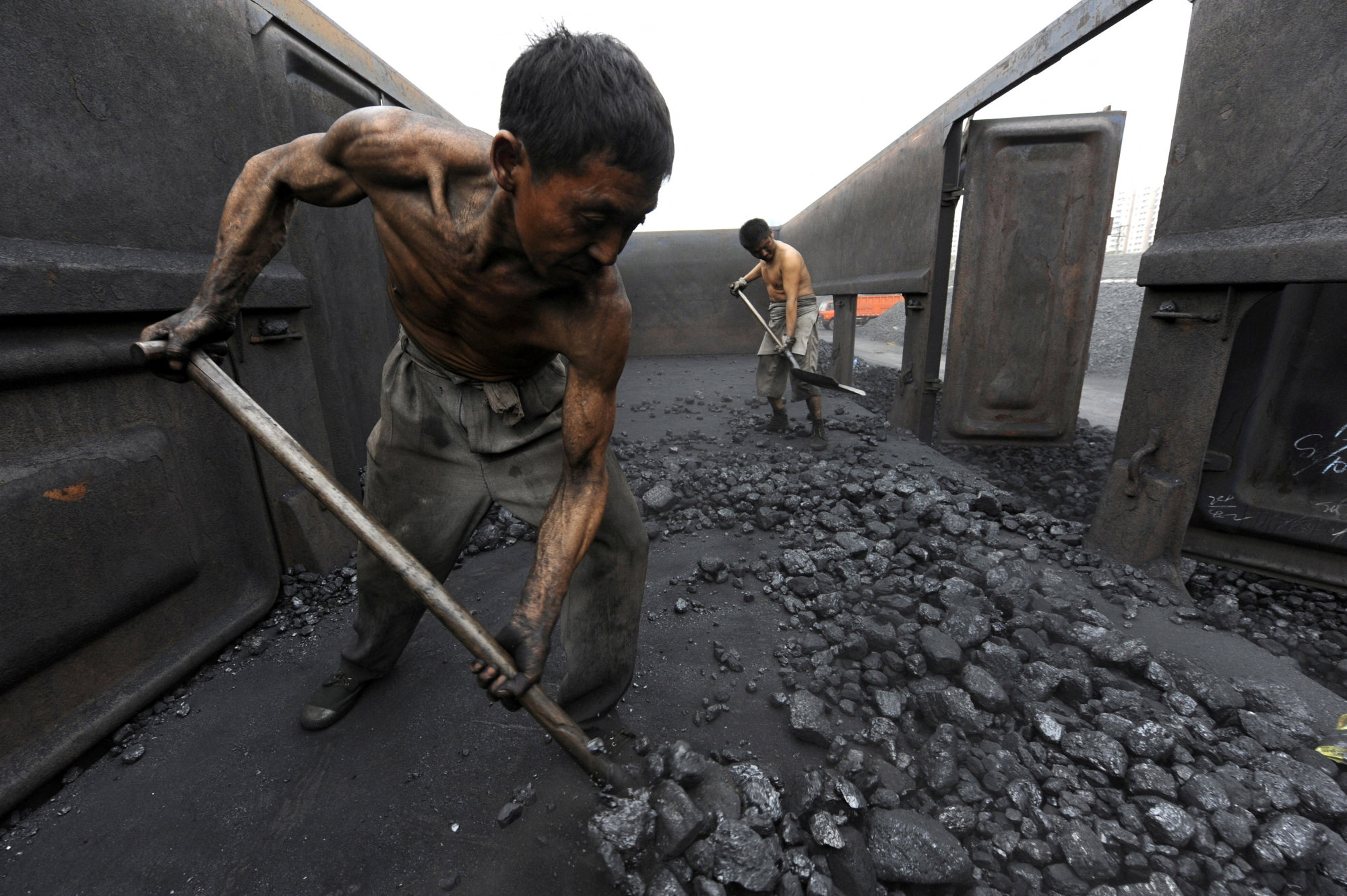
China’s overseas coal exit fuelled by the bottom line, not green leadership, experts say
- Beijing’s cuts to overseas coal power projects based on ‘economic rather than long-term environmental considerations’, report says
- Meanwhile, analysts warn domestic coal power boom is ‘costly detour’ in China’s energy transition
The announcement was hailed by the international community, with United States climate envoy John Kerry saying he was “absolutely delighted to hear that President Xi has made this important decision”.
China’s environment chief names and shames state-owned pollution cheats
China’s overseas coal exit “seems to be based foremost on economic rather than long-term environmental considerations”, said Christoph Nedopil, author of the article published on Thursday.
In the article, Nedopil, who is an associate professor of economics at Fudan University, said that since 2019, multiple countries have re-evaluated their demands for coal plants because of economic, environmental or social risks.
Between 2006 and 2021, China was the world’s largest financier of overseas coal-fired power plants, completing about 54 gigawatts (GW) of coal power projects across 20 countries in that period.
Some countries suspended coal-fired power projects after lower-than-expected economic growth estimates forced them to lower their projected electricity requirements.
For example, Egypt shelved a 6.6GW coal power plant in April 2020, and Bangladesh asked China to renegotiate financing terms in 2021, according to the article.
Financial risk also impacted China’s supply-side decision-making.
“With more global investors reducing financing for coal, the financing cost for coal-fired power plants increased on average by 38 per cent in the period from 2017 to 2020,” the article said.
Cruises are back in Hong Kong – but is that really a good thing?
“No new overseas plant was announced in 2020 – a year before China’s official announcement,” the article said.
Still, Nedopil said the fact that Beijing announced an exit from overseas coal-fired power plants was a milestone and a very important contribution to the fight against climate change.
“It was definitely a driver to consider the environmental reasons as well, but I think the financial and economic reasons probably were more urgent,” he said.
China’s domestic coal exit, however, is a different story.

The country’s coal power generation is more complex because of a number of different stakeholders “who are interested in keeping coal alive”, according to Nedopil.
That complexity also includes a strong belief in the need for energy independence and energy security.
In 2021, Xi promised that China would “strictly limit” increases in coal consumption before 2025 and start phasing it out from 2026.
In fact, new data has shown that China accelerated coal power generation in 2022.
Chair of UN nature talks ‘greatly confident’ of global deal
By comparison, the rest of the world saw a 9 per cent decrease – or 10GW drop – in planned new coal capacity over the same period.
Consequently, China’s share of global planned capacity jumped from 66 per cent in July 2022 to 72 per cent this February.
Byford Tsang, a senior policy adviser with E3G and a co-author of the report, said coal resurgence in China was “a direct challenge to President Xi’s promise to rein in coal”.
China’s massive coal power capacity expansion came after the nation experienced a historic power crunch in 2021. Since then, Beijing has stressed energy security and the role of coal in energy production.
Tsang said the power crunch was a crisis response made worse by mismatched price signals, extreme weather, and poor cooperation between provinces.
“What China urgently needs is to reform the power market to address these inefficiencies and to make it better fit for a renewable power system,” he said.
“Building new coal would make China’s coal fleet younger, and make it harder for utilities to retire them to meet the country’s climate goals. This is an unnecessary and costly detour to China’s energy transition.”



